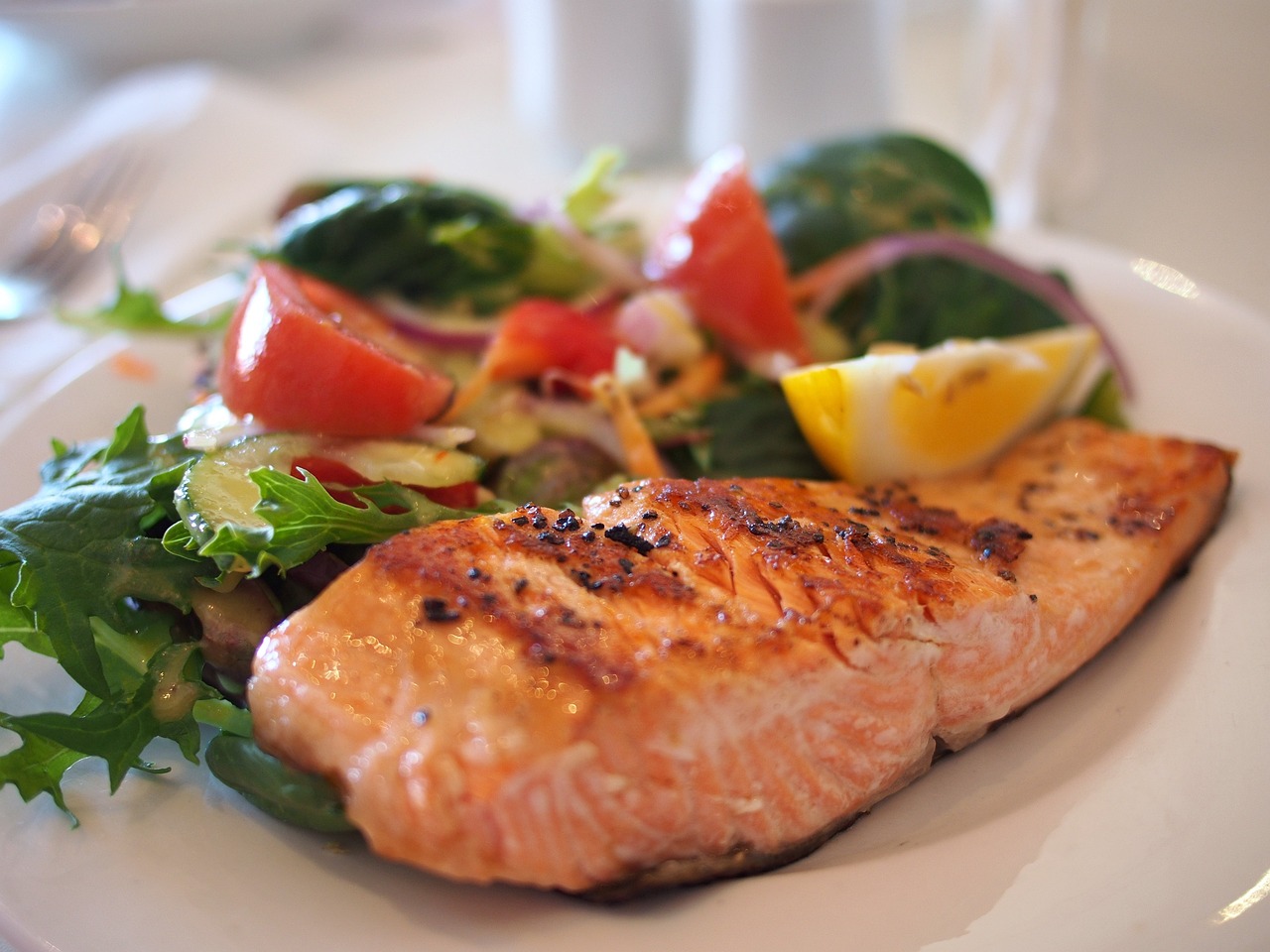Gravlax is a dish steeped in history, embodying the resourcefulness and culinary tradition of the Nordic people. For food enthusiasts and home chefs alike, mastering the art of gravlax offers a rewarding experience, merging historical practices with modern-day cooking techniques.
A Historical Journey from the Depths to the Dining Table
The origins of gravlax date back to the medieval period in Scandinavia, where fishermen devised methods to preserve their abundant salmon catches. The term “gravlax” translates to “salmon in a grave”, referring to the traditional method of burying the fish in the sand above the high-tide line. This curing process involved salt, which acted as a preservative, ensuring the fish could be stored for long periods without spoiling. Over time, the basic method evolved, incorporating sugar and dill to enhance flavour and aroma, leading to the gravlax we know today.
In Nordic cultures, gravlax holds an esteemed place, often featured during festive occasions and as a prominent dish in the smörgåsbord, a buffet-style meal showcasing a variety of traditional foods. Its cultural significance extends beyond mere sustenance, serving as an emblem of hospitality and celebration.
The Modern Adaptation of Gravlax
Today’s gravlax retains the essence of its ancestral roots while benefiting from advances in food preservation, such as refrigeration. This allows for a more controlled and consistent curing process, maintaining the fish’s integrity and flavour. While the traditional method relied on natural elements for preservation, the modern technique is more about finesse, using precise amounts of salt and sugar to achieve the desired outcome.
Gravlax has crossed borders, finding its way into international cuisine as chefs and home cooks experiment with this versatile dish, pairing it with various herbs and spices to create unique twists on the classic recipe. Its adaptability is part of what makes gravlax a favourite among seafood lovers.
Crafting Gravlax at Home: The Essentials
Making gravlax at home is an accessible culinary project that does not require any special equipment. To start, all you need is fresh salmon, salt, sugar, and dill. The first step involves scaling and filleting the salmon if it’s not already prepared. These fillets are then generously coated with a mixture of salt and sugar, which draws moisture out of the fish through osmosis, initiating the curing process. Fresh dill, a signature herb in gravlax preparation, is layered over the salmon to infuse its aromatic flavors during curing.
Once the salmon is well coated and wrapped in cling film or an airtight plastic bag, it is placed in a refrigerator under a weight to ensure the seasoning penetrates the fish evenly. The curing process typically takes two to three days, during which the fillets are turned occasionally. Once cured, the gravlax is carefully sliced thinly just before serving. Homemade gravlax can be enjoyed on its own or as an elegant complement to dishes such as rye bread toast, bagels with cream cheese, or salads, allowing you to savour both its taste and the satisfaction of its preparation.
Conclusion
Gravlax represents a beautiful fusion of tradition and innovation, capturing the essence of Nordic culinary heritage while allowing room for personal creativity in the kitchen. Originating from Scandinavia, this delicacy involves curing salmon with a mixture of salt, sugar, and dill, a method that preserves the fish and infuses it with subtle, aromatic flavors. Its simple yet refined preparation process offers a sense of achievement and connection to the past, as this centuries-old technique was originally used by fishermen to keep their catch fresh during long, harsh winters. Whether enjoyed in its classic form, thinly sliced and served with mustard sauce, or as part of an experimental dish that incorporates new spices and garnishes, gravlax continues to charm palates around the world. As you embark on your own gravlax journey, remember that each slice tells a story of age-old practices, the resourcefulness of early Nordic communities, and the enduring love for delicious, intentional gastronomy.
